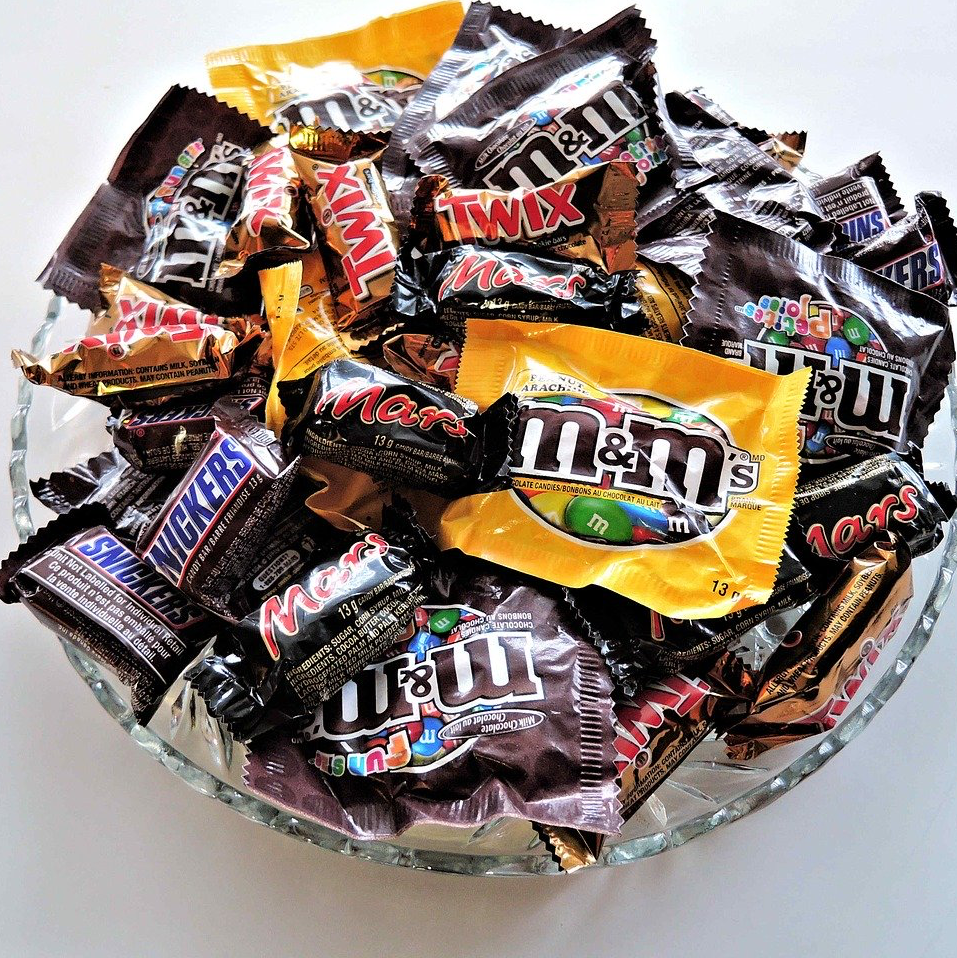
During the holidays, especially during Halloween when there is candy around every corner (literally!), it can be hard for kids to manage their candy cravings. Help your kids stay in control by setting some rules. These tips aren’t just for Halloween. They’re great for any holiday that involves lots of sweets, especially sweets your kids get to bring home!
Set Expectations: Talk ahead of time about how much candy your child is allowed to have while they are trick-or-treating. Also discuss when they will be allowed to eat the rest of the candy they bring back–how many pieces can they have each day? Do they need to finish their lunch or dinner to get a piece?
Keep it in the Kitchen: Knowing where the sweet treats are kept will help you limit when they are eaten. It’s especially important to keep candy out of kids’ bedrooms so you know when they are eating it. Also consider keeping treat containers on a high shelf so younger kids have to ask for help reaching them.
Focus on other Traditions: Involve kids in activities like decorating, making cards for friends and family, carving pumpkins, and creating their own costumes. Focusing on the other fun activities will help take the focus away from sweets and will give kids other things to look forward to.
Trade and Share: Some dentist offices will “buy back” leftover candy from children, and there are several programs that send donated candy to troops and first responders. You can also call your local soup kitchen, homeless shelter, nursing home, or Ronald McDonald House as these sometimes accept candy donations too! (Candy Buyback Locations , Operation Gratitude , or find a Ronald McDonald House )
Written by: Bethany Helm, Student Employee